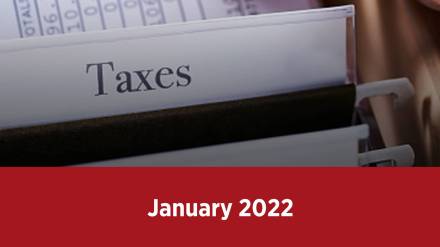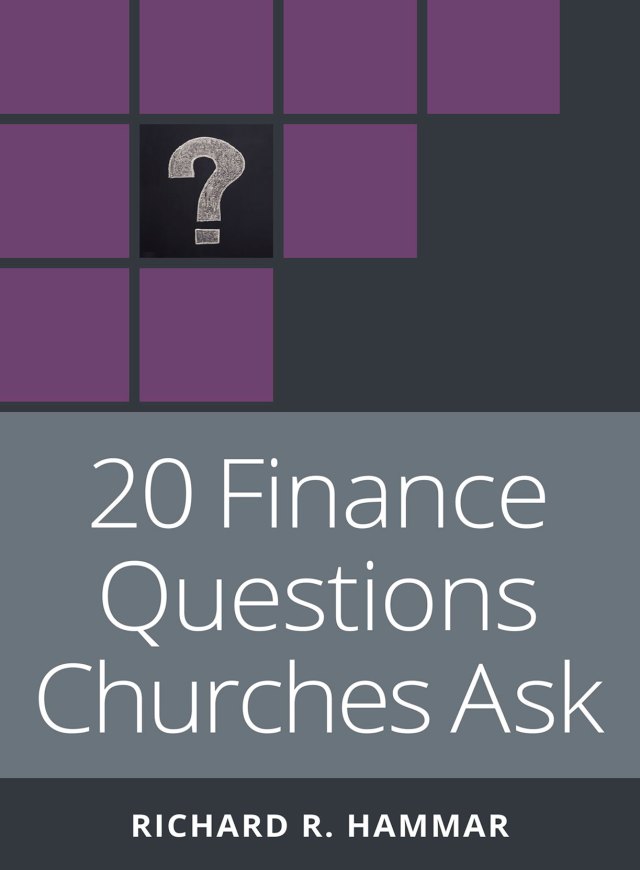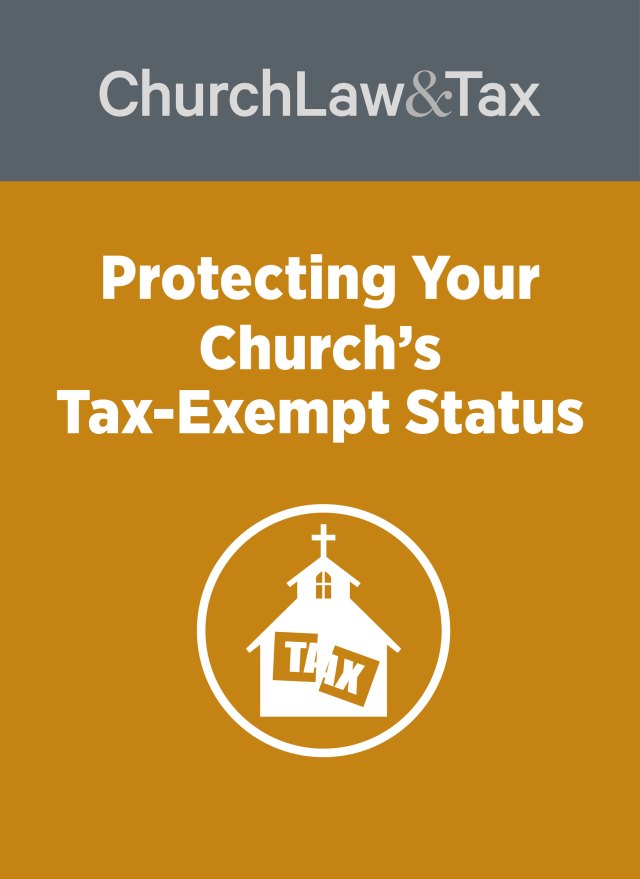Monthly requirements
If your church or organization reported withheld taxes of $50,000 or less during the most recent lookback period (for 2022, the lookback period is July 1, 2020, through June 30, 2021), then withheld payroll taxes are deposited monthly. Monthly deposits are due by the 15th day of the following month.
Note, however, if withheld taxes are less than $2,500 at the end of any calendar quarter (March 31, June 30, September 30, or December 31), the church need not deposit the taxes.
Instead, it can pay the total withheld taxes directly to the IRS with its quarterly Form 941. Withheld taxes include federal income taxes withheld from employee wages, the employee’s share of Social Security and Medicare taxes, and the employer’s share of Social Security and Medicare taxes.
Semiweekly requirements
If your church or organization reported withheld taxes of more than $50,000 during the most recent lookback period (for 2022, the lookback period is July 1, 2020, through June 30, 2021), then the withheld payroll taxes are deposited semiweekly.
This means that for paydays falling on Wednesday, Thursday, or Friday, the payroll taxes must be deposited on or by the following Wednesday. For all other paydays, the payroll taxes must be deposited on the Friday following the payday.
Note further that large employers having withheld taxes of $100,000 or more at the end of any day must deposit the taxes by the next banking day. The deposit days are based on the timing of the employer’s payroll. Withheld taxes include federal income taxes withheld from employee wages, the employee’s share of Social Security and Medicare taxes (7.65 percent of wages), and the employer’s share of Social Security and Medicare taxes (an additional 7.65 percent of employee wages).
January 1, 2022: Payroll Taxes
Social Security and Medicare taxes
Employees and employers each pay Social Security and Medicare taxes equal to 7.65 percent of an employee’s wages. The tax rate does not change in 2022.
The 7.65 percent tax rate is comprised of two components: 1) a Medicare hospital insurance tax of 1.45 percent, and 2) an “old age, survivor and disability” (Social Security) tax of 6.2 percent. There is no maximum amount of wages subject to the Medicare tax. The tax is imposed on all wages regardless of amount.
For 2022, the maximum wages subject to Social Security taxes (the 6.2 percent amount) is $147,000. Stated differently, employees who receive wages in excess of $147,000 in 2022 pay the full 7.65 percent tax rate for wages up to $147,000, and the Medicare tax rate of 1.45 percent on all earnings above $147,000. Employers pay an identical amount. The Medicare tax rate for certain high-income taxpayers increases by an additional 0.9 percent.
Self-employment taxes
The self-employment tax rate (15.3 percent) does not change in 2022. The 15.3 percent tax rate consists of two components: (1) a Medicare hospital insurance tax of 2.9 percent, and (2) an “old age, survivor and disability” (Social Security) tax of 12.4 percent. There is no maximum amount of self-employment earnings subject to the Medicare tax. The tax is imposed on all net earnings regardless of amount.
For 2022, the maximum earnings subject to the Social Security portion of self-employment taxes (the 12.4 percent amount) is $147,000. Stated differently, persons who receive compensation in excess of $147,000 in 2022 pay the combined 15.3 percent tax rate for net self-employment earnings up to $147,000, and only the Medicare tax rate of 2.9 percent on earnings above $147,000. The Medicare tax rate for certain high-income taxpayers increases by an additional 0.9 percent.
These rules directly impact ministers, who are considered self-employed for Social Security with respect to their ministerial services. Ministers should take these rules into account in computing their quarterly estimated tax payments.
Federal incomes taxes
Beginning on this date, churches having nonminister employees (or a minister who has elected voluntary withholding) should begin withholding federal income taxes from employee wages.
To know how much federal income tax to withhold from employees’ wages, employers should have a Form W-4 on file for each employee. Employees should file an updated Form W-4 for 2022, especially if they owed taxes or received a large refund when filing their previous tax return.
Employees should use the IRS Tax Withholding Estimator to determine accurate withholding.
January 15, 2022: Fourth quarter estimated taxes due
Ministers (who have not elected voluntary withholding) and self-employed workers must file their fourth quarterly estimated federal tax payment for 2021 by this date (a similar rule applies in many states to payments of estimated state taxes).
Employees of churches that filed a timely Form 8274 (waiving the church’s obligation to withhold and pay FICA taxes) are treated as self-employed for Social Security purposes, and accordingly are subject to the estimated tax deadlines with respect to their self-employment (Social Security) taxes unless they have entered into a voluntary withholding arrangement with their employing church or organization.
January 31, 2022: Tax forms due
File Form 941
Churches having nonminister employees (or one or more ministers who report their federal income taxes as employees and who have elected voluntary withholding) must file an employer’s quarterly federal tax return (Form 941) for the fourth calendar quarter of 2021 by this date. Enclose a check in the total amount of all withheld taxes (withheld income taxes, withheld Social Security and Medicare taxes paid by the employee, and the employer’s share of Social Security and Medicare taxes) if less than $2,500 on December 31, 2021.
Copies of W-2s for employees
Churches must furnish Copies B, C, and 2 of Form W-2 (“wage and tax statement”) to each person who was an employee during 2021 by this date. This requirement applies to clergy who report their federal income taxes as employees rather than as self-employed, even though they are not subject to mandatory income tax (or FICA) withholding. Nonminister church employees must also receive a W-2.
Filing W-2s and W-3s with the Social Security Administration
Churches must send Copy A of Forms W-2, along with Form W-3, to the Social Security Administration by this date. If you file electronically, the due date is also January 31, 2022.
Copies of 1099-NEC for self-employed persons
Churches must issue Copy B of Form 1099-NEC (“nonemployee compensation”) to any self-employed person to whom the church paid nonemployee compensation of $600 or more in 2021 by this date.
This form (rather than a W-2) should be provided to clergy who report their federal income taxes as self-employed, since the Tax Court and the IRS have both ruled that a worker who receives a W-2 rather than a 1099-NEC is presumed to be an employee rather than self-employed.
Other persons to whom churches may be required to issue a Form 1099-NEC include evangelists, guest speakers, contractors, and part-time custodians.
Filing 1099-NEC and 1096 with the IRS
Churches must send Copy A of Forms 1099-NEC, along with Form 1096, to the IRS by this date.
Distributing 1099-INT
Churches must distribute a 2021 1099-INT form to any person paid $600 or more in interest during 2021 by this date (a $10 rule applies in some cases).






